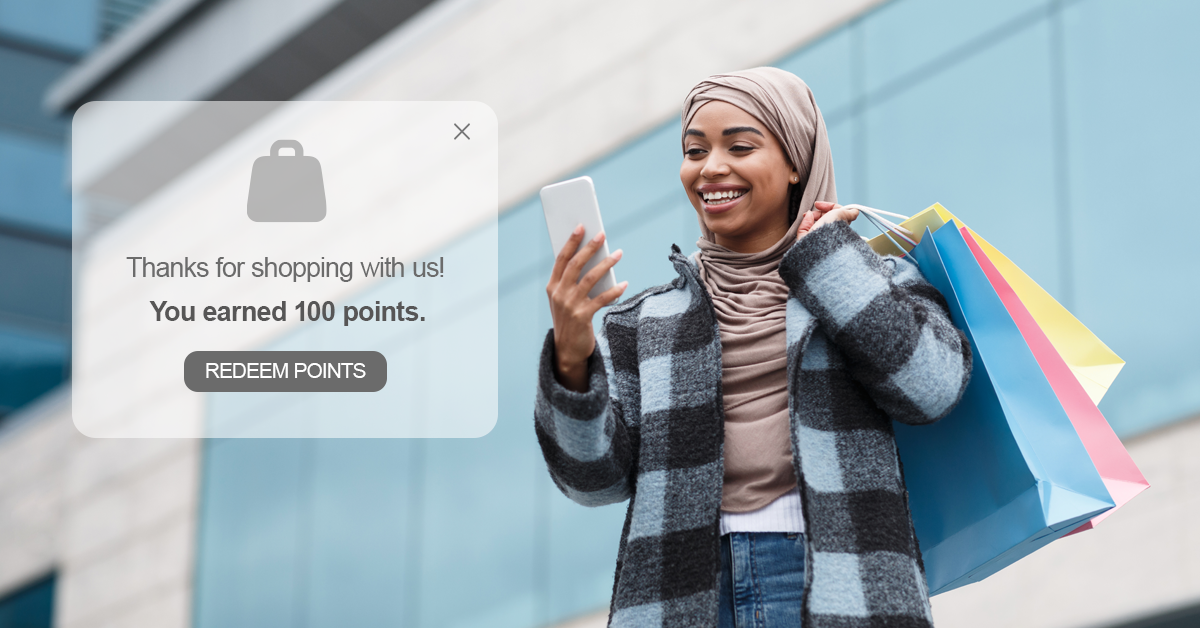
What is a Loyalty Card Program?
Customers who enroll in a loyalty / rewards card program allow companies to collect information and behavioral data about their shopping habits in order for them to create a profile and offer unique marketing and communications. In exchange, businesses will offer incentives or discounts for the data collection. It’s a win-win: customers get a better experience when companies use their data to offer better products and services, and these companies use this same information to improve their bottom line. According to a McKinsey survey, “executive teams that make extensive use of customer data analytics across all business decisions see a 126% profit improvement over companies that don’t.”
What is a Loyalty Card?
A loyalty card is physical card, usually resembling a debit or a credit card, that a customer uses to take part in a business’ loyalty program. The card’s magnetic stripe, chip reader or barcode contains customer data and is scanned/swiped during purchases in order to earn rewards.
What is the Goal of a Loyalty Card Program for a Business?
Loyalty programs are typically designed to encourage repeat business by offering their customers better discounts and incentives the more often they buy. But companies are also looking to improve their knowledge about their customers and gain insight into their needs. This knowledge allows them to keep their customers happy which, in turn, increases retention and frequency of purchases. A Rosetta study revealed that “customers that are actively engaged with brands and their loyalty programs make 90% more frequent purchases, spend 60% more in each transaction, and are five times more likely to choose the brand in the future.”
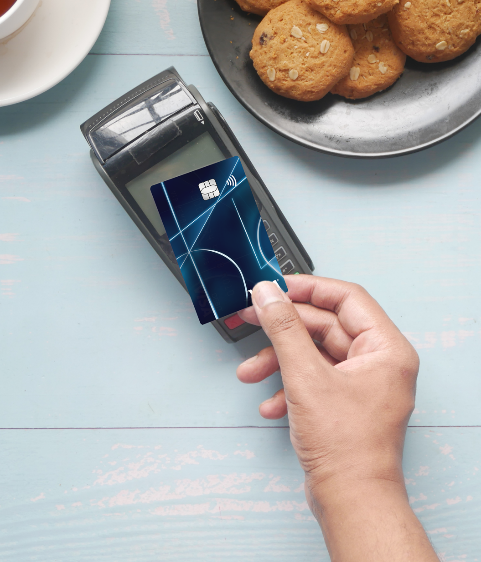
What is the Goal of a Loyalty Card Program for a Consumer?
Loyalty programs need to offer tangible rewards and be flexible enough to meet the unique needs of a varied customer base. A loyalty card program must properly acknowledge customer loyalty, plus value and work towards strengthening the relationship between the business and customer.
Here are the 5 Types of Loyalty Programs:
Points Loyalty Programs
With a points-based loyalty program, customers earn points for various behaviours, such as purchases and stores visits, which can then be redeemed for rewards. Today’s points programs are now rewarding non-transactional behaviour as well, including liking a social media page, downloading a mobile app, signing up to an e-mail list, etc.
Examples: Shoppers Drug Mart, Southwest Airlines, Walgreens
Tiered Loyalty Programs
A tiered loyalty program offers customers different rewards depending on what tier they are in. In order to “level-up” to the next tier, customers must reach a specific milestone, which is typically measured by how much money they have spent. In a recent loyalty study, 50% of respondents said they “increased their spending or changed other purchasing behavior in order to achieve a higher tier status in a rewards program.” This type of rewards program provides both short-term rewards (instant gratification from an immediate purchase), and long-term rewards (working towards hitting a new level and greater rewards). With this kind of reward program, it’s extremely important to communicate with your consumers–they need to know the program benefits, their current tier status, and how much more they will have to spend to get to the next level.
Example: Sephora Beauty Insiders Rewards
Fee-Based Loyalty Programs
“You get what you pay for” sums up fee-based loyalty programs. Customers pay for a program and are given special rewards/incentives, such as free shipping or discounts. Customers who sign up to these programs typically do a lot of shopping, with the bulk of it being primarily online. A recent survey by LoyaltyOne found that the majority of Millennials say customer rewards are worth paying for if they’re relevant to their needs. Among 18 to 25-year-olds, 75% say they would join a fee-based rewards program if their favorite retailer offered one; among 25 to 34-year-olds, 77% were willing. Overall, 65% of consumers stated that relevant rewards are worth paying for. Of the respondents who already participate in fee-based loyalty programs, 69% said they were enticed by free shipping, followed closely by special discounts (67%).
Examples: Amazon Prime, Walmart Rewards, Costco
Cash Back Loyalty Programs
The math on cash back loyalty programs is easy to understand: If you spend X amount of money, you will get Y amount of money back! Cash back loyalty programs help increase the transaction amounts spent by consumers.
Examples: Bank of America, CVS Pharmacy, Scene Loyalty Program
Coalition Loyalty Programs
A coalition loyalty program is when multiple businesses join forces to offer rewards and, thus, share customer data. This kind of program is great for the customer because it allows them to earn rewards at more than one retailer or location.
Examples: Aeroplan, American Express, Air Miles
Creating and implementing an effective loyalty program is more than just collecting points and offering rewards. Choosing the right rewards program to offer your consumers can be a tough decision, but ideally, it should offer versatility, ease-of-use, and the ability to offer customers what they want.
Looking to start or upgrade your loyalty program? Whether you’re ready to go, have questions, or are just looking for more information, we can help.
Contact our award-winning team to find out more.

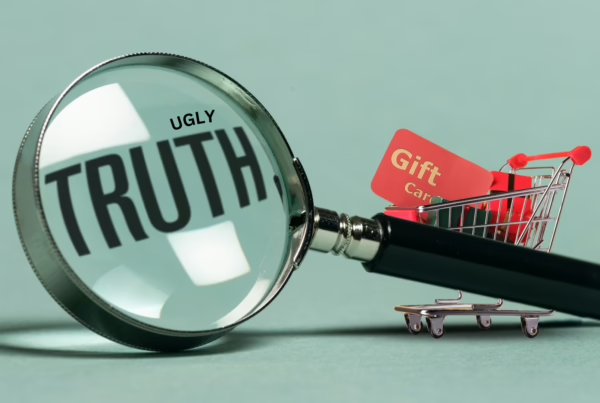
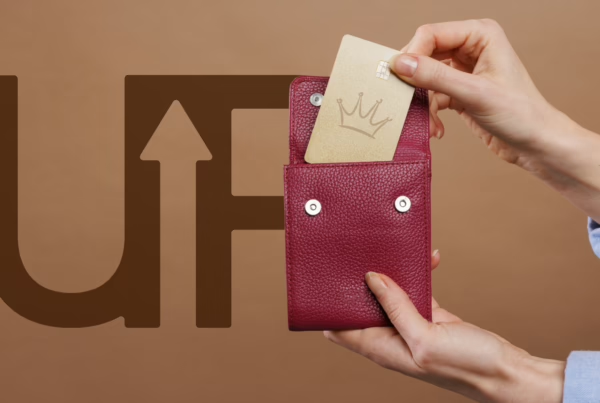
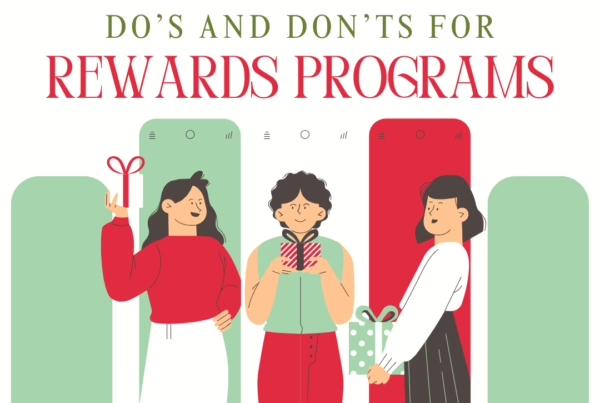
 Nikko Pangilinan
Nikko Pangilinan Ray Forzley
Ray Forzley Diana Marie
Diana Marie Lisette Anciaes
Lisette Anciaes Junius Cheng
Junius Cheng  Aysha Shahid
Aysha Shahid Chris Michaelis
Chris Michaelis Mira Tzur
Mira Tzur Jamie Rust
Jamie Rust Dianne Dickens
Dianne Dickens Roy Murad
Roy Murad Huguette Masse
Huguette Masse Lauren Weekes
Lauren Weekes